Choosing the correct wire size is crucial in any electrical system. Whether you're working on a residential project, a commercial installation, or an industrial power system, using the right electrical wire size ensures safety, prevents overheating, reduces voltage drop, and complies with electrical codes.
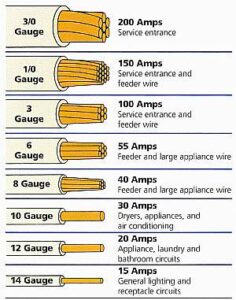
electrical wire sizing chart
In this guide, we’ll explain how wire size is determined, provide an easy-to-use electrical wire sizing chart, and help you understand key factors like current (amperage), voltage, and distance.
🔍 Why Is Wire Sizing Important?
Using a wire that’s too small for the load can cause:
Overheating and potential fire risks
Excessive voltage drop, damaging equipment
Non-compliance with NEC (National Electrical Code) or local standards
Reduced energy efficiency
A properly sized wire ensures that your circuit can safely carry the electrical current over the required distance.
⚙️ Factors Affecting Wire Size Selection
Before using a sizing chart, consider these factors:
Current (Amperage): How many amps will the wire carry?
Voltage: Is the system 120V, 240V, or higher?
Wire Material: Copper or aluminum? (Aluminum requires larger size)
Distance: Longer runs require thicker wires to reduce voltage drop.
Installation Type: In conduit, in wall, underground, or open air?
Ambient Temperature: Higher temperatures may require derating.
📊 Electrical Wire Sizing Chart (for Copper Conductors)
Here’s a general wire sizing chart for copper wires, based on ampacity (current capacity) at 75°C (167°F), typical for THW, THHN, or similar insulation types:
| Wire Gauge (AWG) | Ampacity (Amps) | Typical Use |
|---|---|---|
| 14 AWG | 15 A | Lighting circuits |
| 12 AWG | 20 A | General outlets, small appliances |
| 10 AWG | 30 A | Water heaters, air conditioners |
| 8 AWG | 40–50 A | Electric ranges, dryers |
| 6 AWG | 55–65 A | Subpanels, large appliances |
| 4 AWG | 70–85 A | Feeders, heavy-duty equipment |
| 2 AWG | 95–115 A | Large motors, residential service |
| 1 AWG | 110–130 A | Industrial power circuits |
| 1/0 AWG | 125–150 A | Main panels, industrial feeders |
| 2/0 AWG | 150–175 A | Large HVAC, high-load circuits |
| 3/0 AWG | 175–200 A | Commercial mains |
| 4/0 AWG | 200–230 A | Utility connections, large loads |
📌 Note: Always consult the NEC tables (e.g., NEC 310.16) and apply correction factors for temperature and bundling where necessary.
⚡ Example: How to Use the Chart
Scenario: You’re wiring a 240V air conditioner that draws 28 amps.
✔ Use the chart → 10 AWG wire is rated for 30 amps = Suitable.
If the distance is over 100 feet, you may need to upgrade to 8 AWG to minimize voltage drop.
📦 Copper vs. Aluminum Wire Sizes
Aluminum wires carry less current per gauge than copper. You typically need to go one or two sizes larger for aluminum to handle the same load.
| Copper AWG | Equivalent Aluminum AWG |
|---|---|
| 6 AWG | 4 AWG |
| 4 AWG | 2 AWG |
| 2 AWG | 1/0 AWG |
🧠 Pro Tips for Choosing Wire Size
Use voltage drop calculators for long runs (>50 feet)
Always size for the maximum continuous load + 25% margin
For motor circuits, check startup (inrush) current
Confirm code compliance with local regulations and a licensed electrician
✅ Summary
An electrical wire sizing chart is a helpful starting point for selecting the right wire, but proper sizing also depends on factors like current, distance, voltage, and wire type. Mistakes in sizing can lead to safety hazards and costly system failures.
📞 Need Help with Wire Sizing?
At TOT Wire & Cable, we offer expert advice and a full range of copper and aluminum wires for residential, commercial, and industrial applications. From 14 AWG THW wire to 4/0 power cables, we help you choose the best wire for your project—safely and efficiently.
👉 Contact us today for custom sizing support or a fast quote.


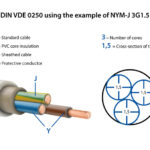
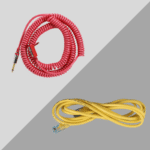
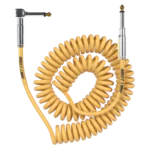
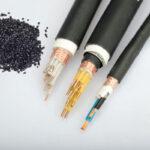
2 comments
Live Draw HK Lotto 08/19/2025
When I initially commented I clicked the "Notify me when new comments are added" checkbox and now each time a comment is added I get four emails with the same comment. Is there any way you can remove me from that service? Bless you!
Totcables 08/19/2025
sorry, I don't know your emails, I think maybe you need remove the service yourself